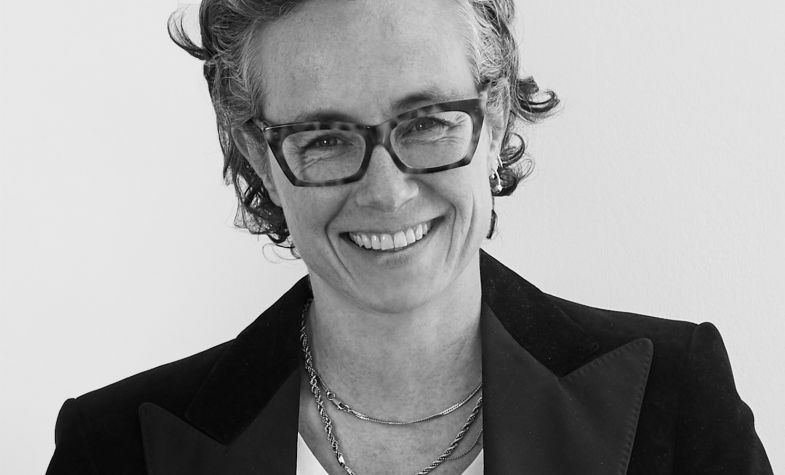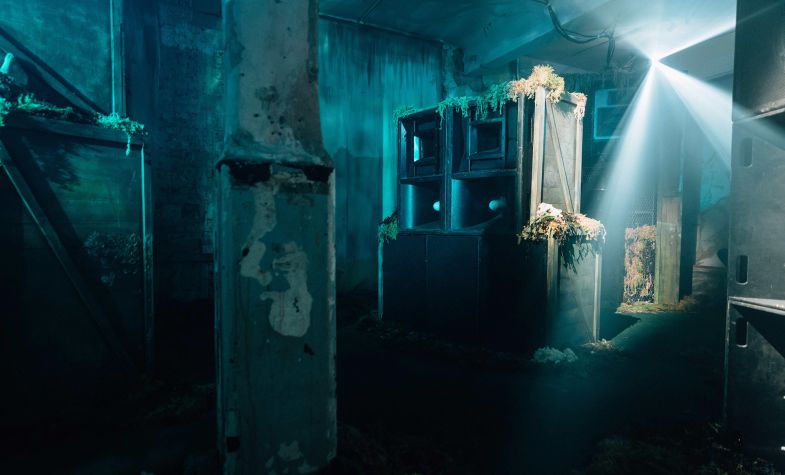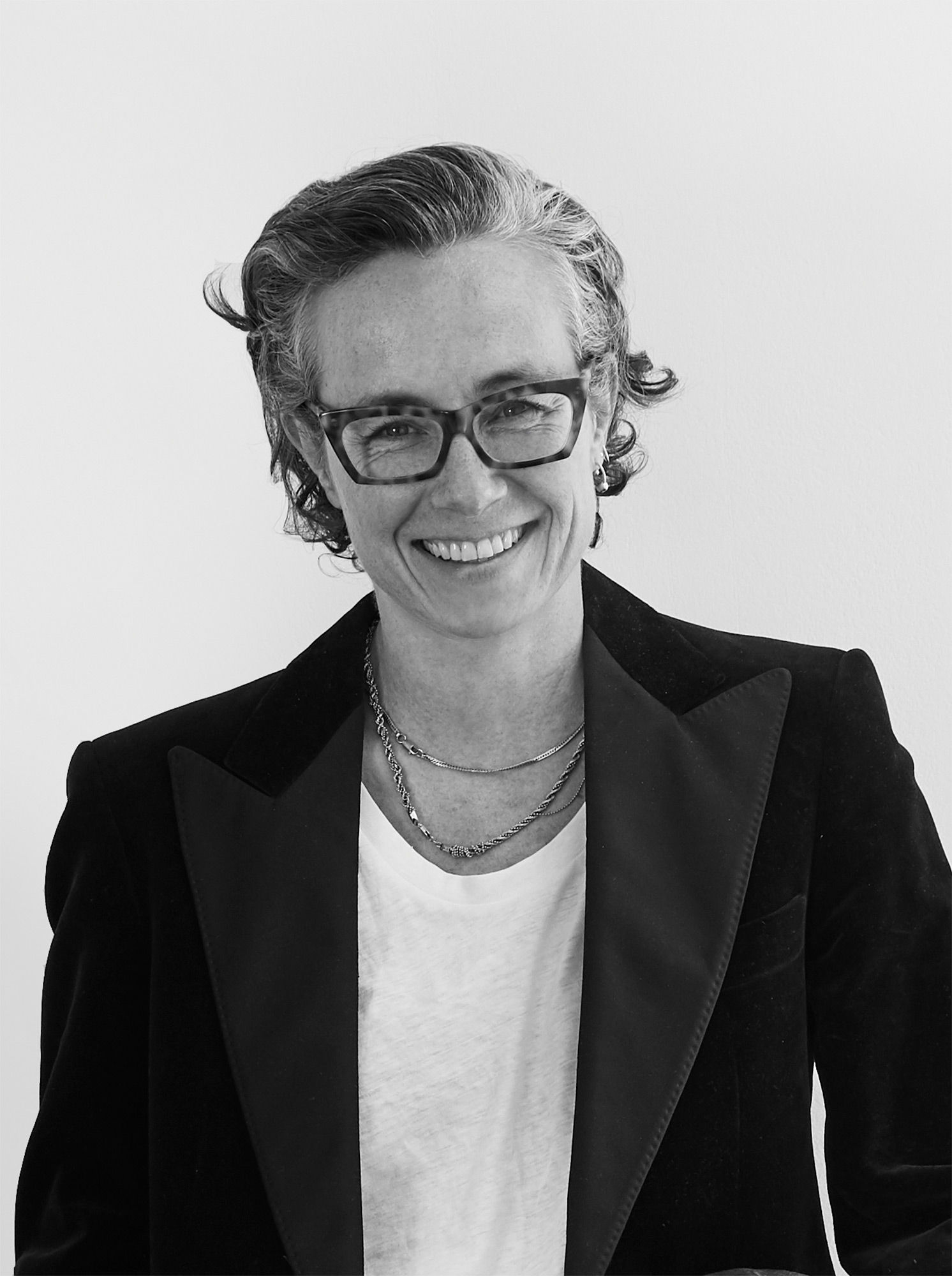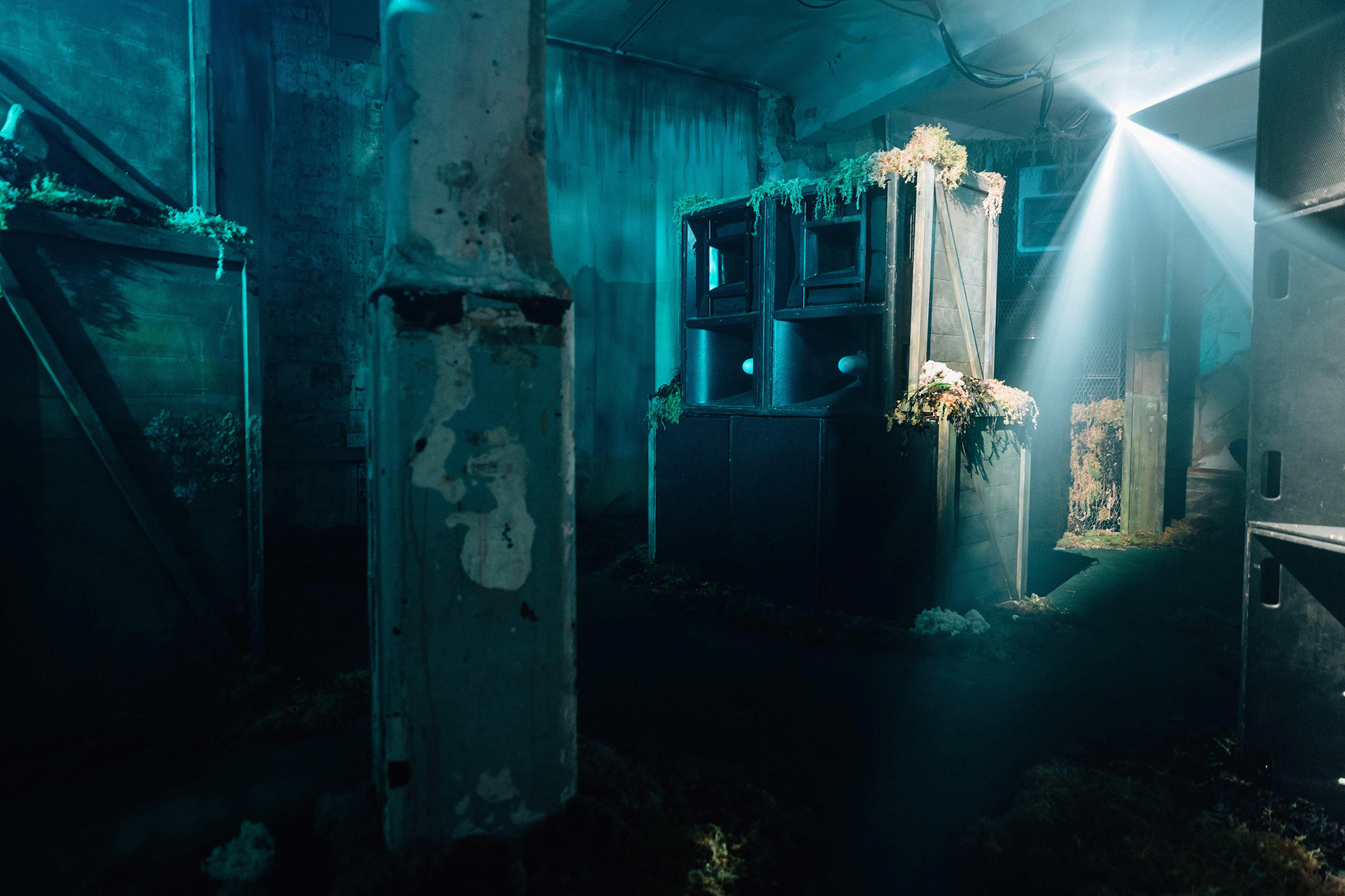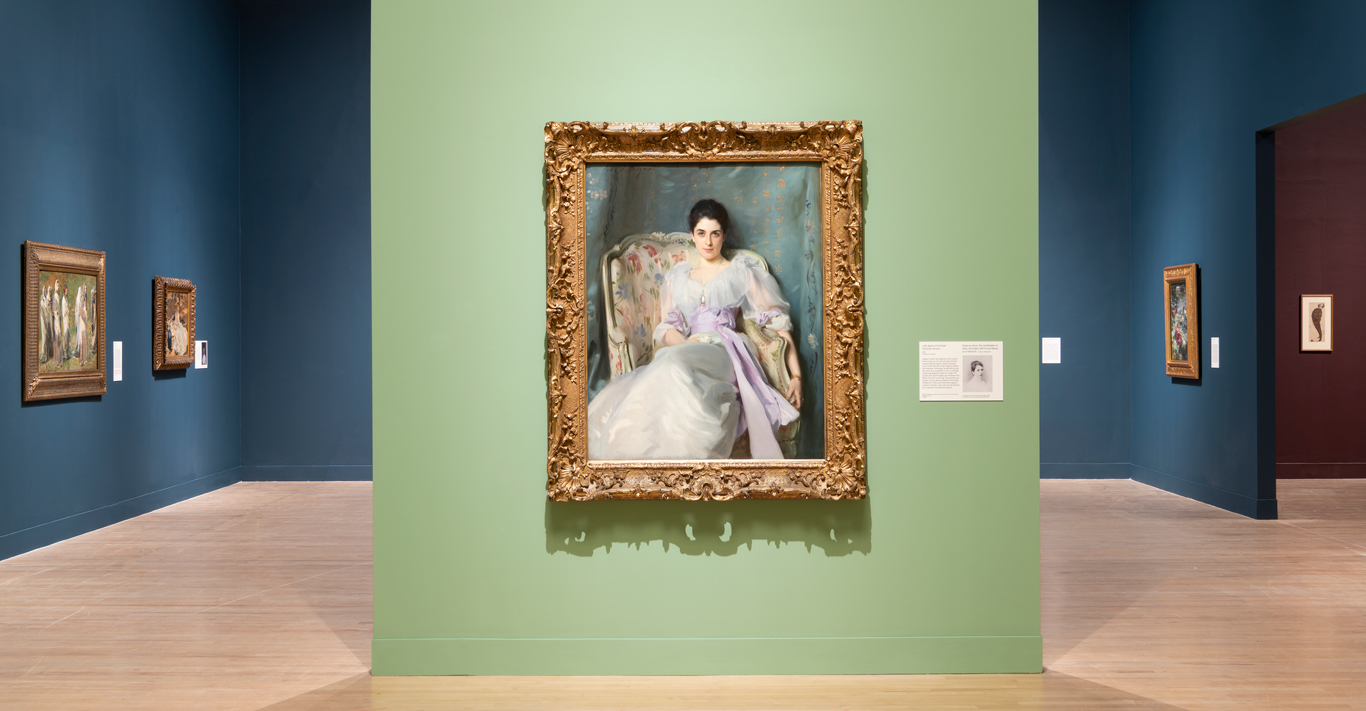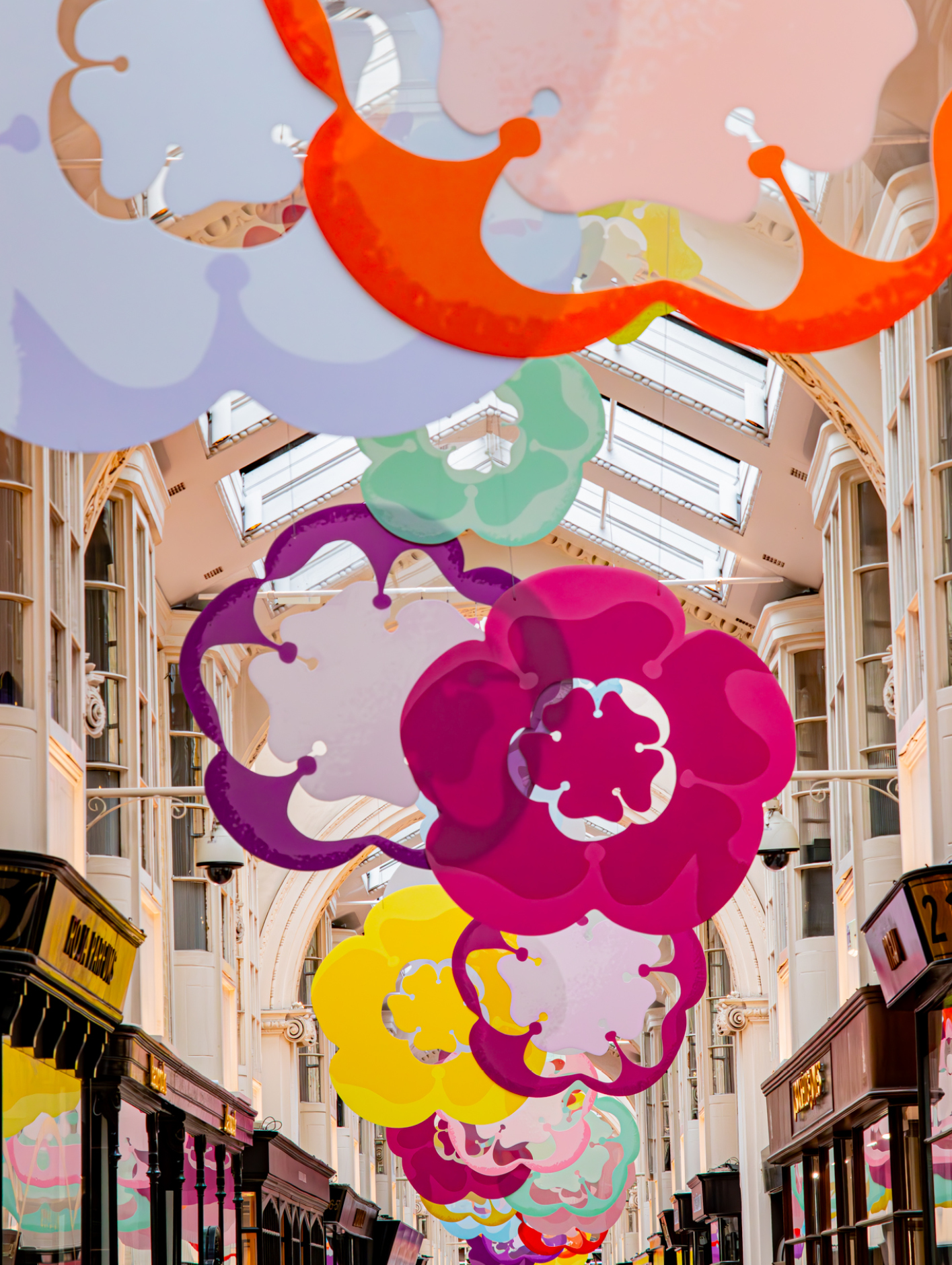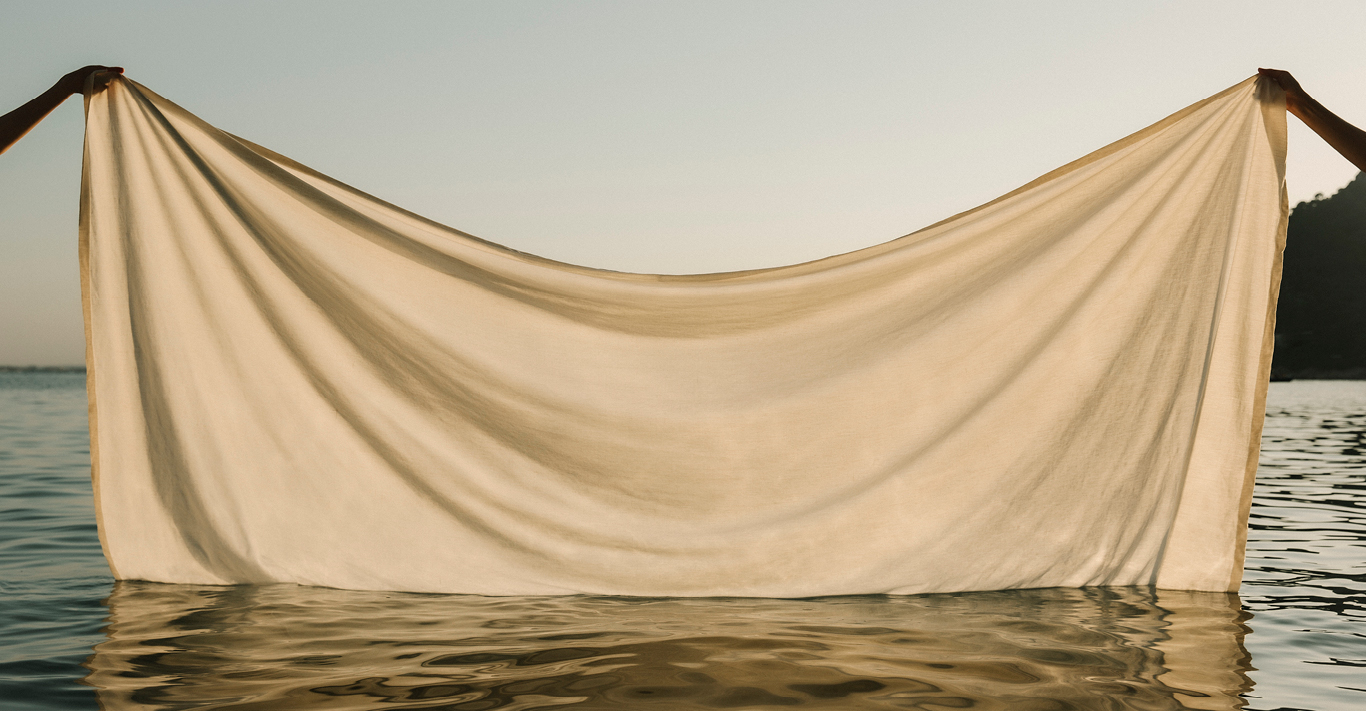The photographer Tom Craig, who I work with a lot, once described my work as ‘putting the wrong thing in the right place.’ It’s kind of dark and funny, I like there to be a bit of humour. Defining my style is quite a difficult one because, certainly in my personal work (in everything, actually), I tend to just come up with an idea and ask ‘How can I make this work?’
I originally did a fine art degree, which was meant to be painting but I started in a mixed-media art course doing installations and video, then I got really into art theory and started writing – that’s how I got into working for different magazines. I did work experience at Vogue initially and then I worked for The Face a bit and then freelance as a writer but also coming up with concepts for the front part of the magazine. At the time they wanted to link the fashion with the general zeitgeist pieces, which mainly involved working with illustrators to create an idea over three or four pages. There were always different ways to tell those stories.
My work has always had a collaborative element. Even with my own personal work, I’m always collaborating with a photographer or people who build things; there are always other levels to it and I really enjoy that side. You add so much more when you start showing what you’re making to other people, it brings in a view that I wouldn’t necessarily have thought of myself.
I love artists like Sarah Lucas, Louise Bourgeois and Mike Kelley. Their work is slightly punk and there’s always a kind of play on the body, that’s what I love. I also love the idea of craft. I did an installation called Silent but Violent with mushroom clouds made from playful objects such as balloons and fruit. The idea was taking “women’s” hobbies and making something that’s time-consuming and done with your hands but which ultimately represents ruin. There’s definitely a feminist undercurrent in my work. Feminism is such a tricky one now because it’s just turned into a T-shirt slogan, I don’t even know what to say about it anymore but it was such a big thing when I was studying. It was really important at that time but it was so uncool. I remember someone in my class at college saying, ‘I really hate having to listen to women talk about their work’. He was proper old-school but that was a pretty standard view at that point, you kind of had to be ‘laddish’ about your work and almost go under the radar in terms of your feminist views.
I set up my studio in Hackney Wick about 18 years ago. At the time I was working on magazines and planning those front sections and they often needed images, so that’s when the set building came in. There weren’t many creative studios at the time: it was myself, Michael Howells and Simon Costin. Simon was one of the reasons I got into it because I was visiting a stylist and he was doing the set – I didn’t even know that the job existed. That was a massive eye opener and it really grew from there.
I’ve always enjoyed doing commercial work, I do a lot of spatial design, installations, window displays – which I love – and pop-ups. It’s nice to have a brief; sometimes it’s terrifying not to! I’m really lucky to have amazing clients who are generally really trusting and open to ideas. At the moment I’m doing something with Agent Provocateur for next year and I’m working on this really fun ‘holiday concept’ shop called Koibird, which changes every five months. Each time we completely redo the interior inspired by a different destination. I’ve also just worked with Hingston Studios on the Veuve Clicquot Widow series, where we created a sunken sound system installation. I think any stigma that’s attached to working for a brand when you’re a creative is pretty old fashioned. Certainly when I started out, photographers tended to have that vision, but I think it’s a pretty outdated concept.
There’s an impermanent nature to my work, which is pretty obvious. I actually really like it when they’re gone, it’s nice to move on because so much work goes into it so I quite like the clearance of it, it’s cathartic. Ultimately with my work, I’m giving people room to have a moment away from their screen and everything else that’s going on in their heads. It’s all little moments of space.
For more information about The Veuve Clicquot Widow Series, please visit veuveclicquot.com/widow-series-2018

